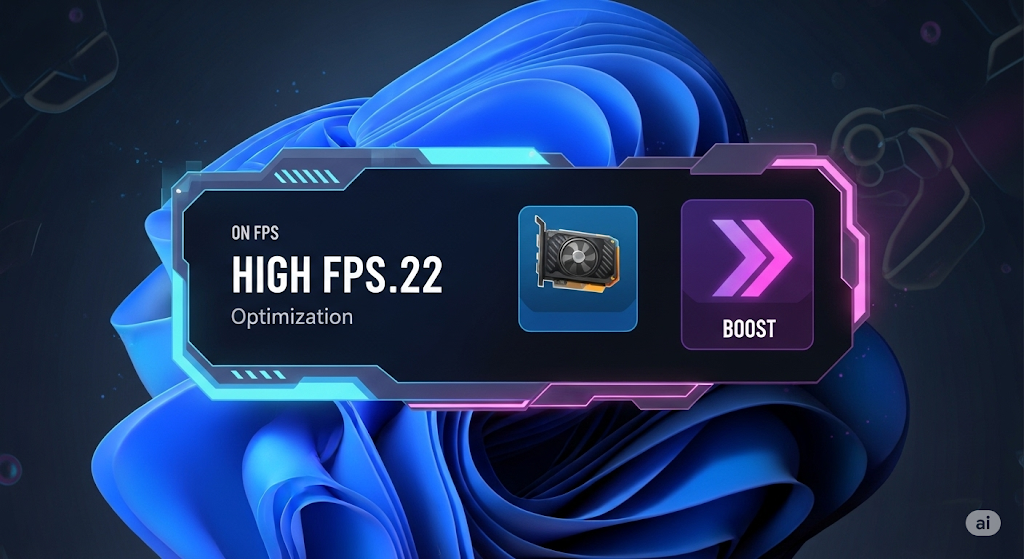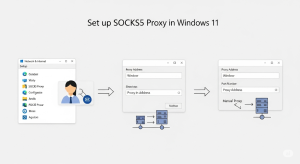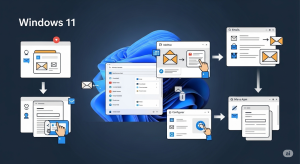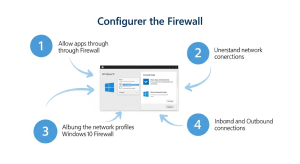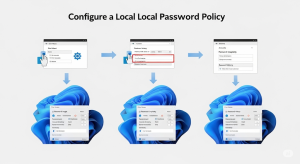Want to get the best gaming performance from Windows 11? Whether you’re playing eSports titles or high-end AAA games, optimizing your OS can significantly improve frame rates, reduce input lag, and make your overall experience smoother. In this guide, I’ll walk you through practical ways to configure Windows 11 for gaming — using settings anyone can change without third-party software.
Why Windows 11 Needs Optimization for Gaming
Windows 11 is sleek and modern, but it comes with features that may not benefit gamers — in fact, some of them slow your system down.
When I upgraded to Windows 11, my FPS in Valorant dropped by 15–20 frames. Turns out, features like Virtualization-Based Security (VBS) were running in the background. A few tweaks later, I was back in the game — smoother than ever.
Enable Game Mode and GPU Scheduling in Windows 11
Windows 11 comes with built-in Game Mode and hardware-accelerated GPU scheduling — two settings you’ll definitely want to turn on.
- Go to Settings > Gaming > Game Mode → Turn ON
- Go to System > Display > Graphics > Change default graphics settings → Enable Hardware-accelerated GPU scheduling
Enabling Game Mode was the first step I tried — and even though it didn’t double my FPS, it helped reduce background interruptions during matches.
Disable Unnecessary Background Apps and Services
Background apps and services consume CPU/RAM and can interfere with your gaming performance.
- Settings > Apps > Installed Apps → Uninstall bloatware
- Settings > Privacy > Background apps → Turn OFF unused ones
- Disable startup apps via Task Manager
- Use
services.mscto stop unneeded services (e.g., Xbox Services)
I used to leave Spotify, Discord overlay, and Chrome open — and wondered why my games were stuttering. Closing background apps gave me a solid performance boost.
Set Power Plan to Maximum Performance
Windows 11 defaults to a balanced power mode, which limits your CPU’s potential. You can change that.
- Control Panel > Power Options → Create or select High Performance plan
- Laptops: Tweak Processor power management > Minimum processor state to 100%
- Enable Ultimate Performance mode via Command Prompt:
powercfg -duplicatescheme e9a42b02-d5df-448d-aa00-03f14749eb61
On my gaming laptop, switching to Ultimate Performance instantly stabilized FPS drops during heavy GPU usage.
Tweak Windows Visuals and Animations
Pretty animations and transparency effects can be a burden when gaming. Let’s turn them off.
- Settings > Accessibility > Visual effects → Turn OFF transparency & animation
- Right-click Start > System > Advanced system settings > Performance → Set to “Adjust for best performance”
Disabling visuals made my system feel snappier — especially when alt-tabbing between games and Discord.
Use Graphics Settings to Prioritize Your GPU
You can assign your high-performance GPU to specific games manually in Windows 11.
- Settings > System > Display > Graphics
- Browse and add your game executable (.exe)
- Set it to High performance
I was shocked when I realized some games were running on integrated graphics. After assigning the correct GPU, FPS doubled in Apex Legends.
Keep GPU Drivers Updated (and Use Gaming Profiles)
Your GPU driver can be the biggest bottleneck or the biggest booster. Keep it up to date.
- Use NVIDIA GeForce Experience / AMD Adrenalin / Intel ARC
- Enable game-specific optimizations
- If switching GPUs, always clean install the driver
After a major Windows update, I had strange micro-stutters — reinstalling the GPU driver from scratch fixed it immediately.
Debloat Windows 11 (Safely)
Windows 11 ships with apps and features most gamers will never use. Removing them lightens the load.
- Use tools like O&O AppBuster, BloatyNosy, or Win10Debloat (open-source)
- Manually uninstall apps via PowerShell or Settings
- Disable Widgets, News and Interests, and Chat
I was hesitant to remove built-in apps. But once I did, boot time dropped and more RAM became available in-game.
Disable Xbox Game Bar, DVR, and Other Overlays
Game Bar and recording tools can cause performance hits or input lag — especially on lower-end systems.
- Settings > Gaming > Xbox Game Bar → Turn OFF
- Settings > Gaming > Captures → Disable background recording
- Disable NVIDIA/AMD overlays if not needed
Turning off Game Bar removed the half-second delay I had every time I pressed Windows + G by accident.
Registry Tweaks and Advanced Options (For Enthusiasts)
There are advanced system tweaks you can apply via the Windows Registry — if you know what you’re doing.
- Disable Nagle’s Algorithm:
- Improves latency in online games
- Registry path:
HKEY_LOCAL_MACHINE\SYSTEM\CurrentControlSet\Services\Tcpip\Parameters\Interfaces
- Increase GPU priority:
- Add DWORD
SystemResponsivenesstoHKEY_LOCAL_MACHINE\SOFTWARE\Microsoft\Windows NT\CurrentVersion\Multimedia\SystemProfile - Set value to
0
- Add DWORD
- Disable Power Throttling:
- Registry:
HKEY_LOCAL_MACHINE\SYSTEM\CurrentControlSet\Control\Power\PowerThrottling
- Registry:
I only recommend registry tweaks if you back everything up. One bad change can mess things up, but the right one can noticeably reduce lag.
Extra Tips: Game Launch Options, Clean Boot, and Input Tweaks
Even after system optimization, some in-game settings and input tweaks can enhance your experience.
- Use Fullscreen mode instead of borderless windowed
- Experiment with DirectX 11 vs. DirectX 12
- Disable mouse acceleration in Windows settings:
- Control Panel > Mouse > Pointer Options > Uncheck “Enhance pointer precision”
- Turn off V-Sync if using G-Sync/FreeSync
- Try clean boot: Disable non-Microsoft services to isolate background issues
Disabling mouse acceleration made my aim in CS:GO way more consistent. It’s small changes like that which make the biggest difference.
Final Thoughts: My Gaming Experience After Tuning Windows 11
After tuning Windows 11 for gaming, I saw real, measurable improvements in FPS and stability.
Initially, I thought optimizing Windows 11 for gaming would be complicated. But step by step, I got more control, less lag, and a better overall experience. The best part? You don’t need fancy software — just a few changes in settings and habits.
